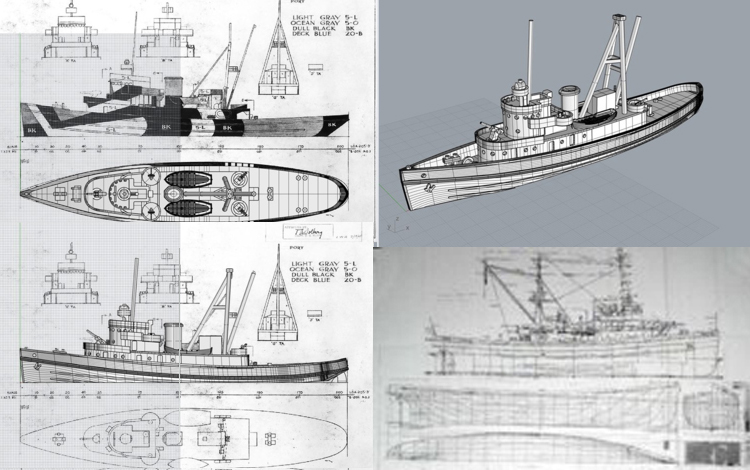|
CHEROKEE NAVAJO Class tugboat
The Cherokee class of
fleet tugboats, originally known as the Navajo
class, were built for the United States Navy prior
to the start of World War II. They represented a
radical departure from previous ocean-going tug
designs, and were far more capable of extended open
ocean travel than their predecessors. Cherokee class
tugboats were also the first large surface vessels
in the United States Navy to be equipped with
Diesel-electric drive.
%20copy.jpg)
.jpg)
This primarily wood
Cherokee Navajo class tugboat model was commissioned
in 2012 by a mariner who served on the USS Sioux.
We build this Cherokee
tug model the following size: 24.5" long (1/100
scale). Please contact us for price and lead time.
"Frank:
We received the Sioux model on 12-24-12....good
job....we are well pleased with your work! We have not
yet received the display case, and wonder when that will
be shipped?
Again...good job...much thanks... Bob Breci"

Learn more about the
Cherokee class tug
here:
https://en.wikipedia.org/wiki/Cherokee-class_tugboat
|